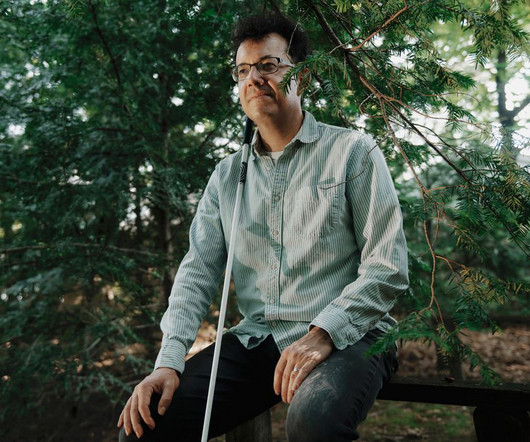DOE announces $139M in funding for 55 projects to advance innovative vehicle technologies
Green Car Congress
JULY 17, 2020
Support mobility technologies such as connected and automated vehicles, as well as innovations in transit. Slashing Platinum Group Metals Content in Catalytic Converters: An Atoms-to-Autos Approach. Optimization and Evaluation of Energy Savings for Connected and Autonomous Off-Road Vehicles. Project description. Federal share.












Let's personalize your content